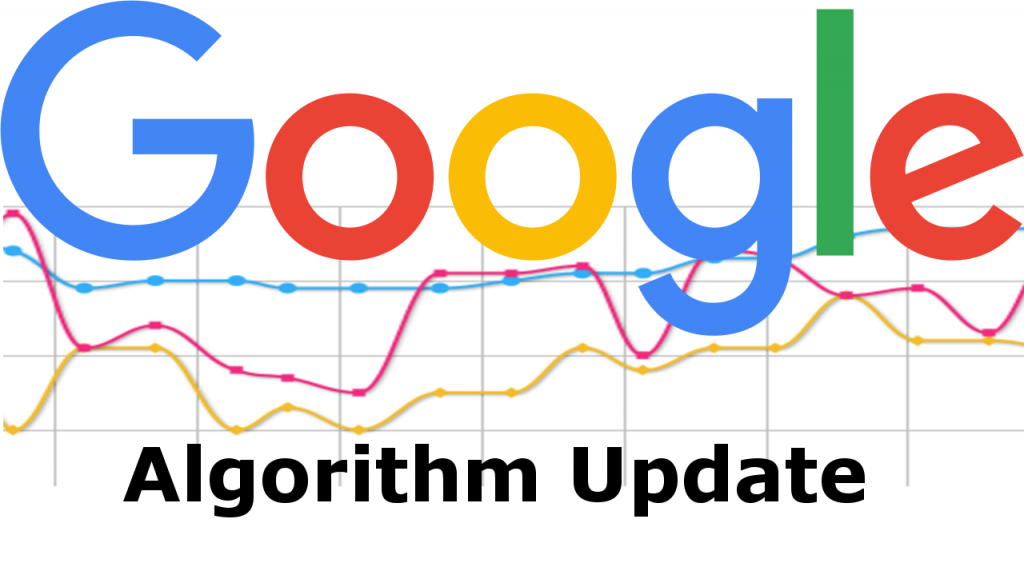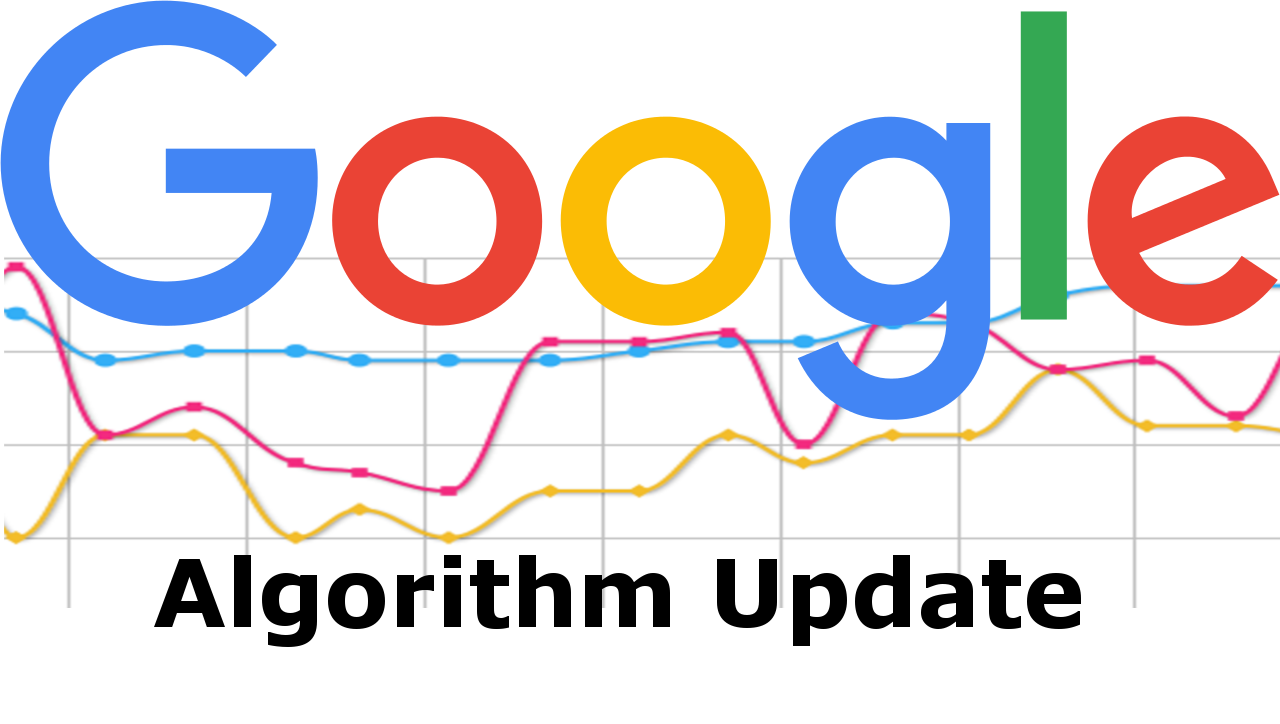The end of the year is upon us, which means now is a good time look at all the important Google updates and changes in 2016.
Of course, this year was full of many Google updates, but some were more important than others. Here are some of the most notable challenges that SEO agencies had to face this year.

Going Granular
Let’s start with the biggest bombshell of them all: in September, Google released Penguin 4.0. With it came what is, arguably, the biggest change to the system yet. From now onwards, Google’s search algorithm will be updated in real time, rather than large updates.
What does this mean for SEO? It means small changes will happen throughout, so there’s a better need for monitoring various results. It also means Google no longer announces all of its updates ahead of schedule, so SEO agencies need to keep an active watch for any changes.
The Rise Of Mobile Browsing
Mobile devices have been growing in strength for a number of years, but 2016 seemed to be the year that Google made it official. Near the end of the year, it switched to a mobile-first index. This means that the search engine now actively targets and prefers mobile sites.
For SEO developers, this means retooling their website optimisation. Utilising AMP (accelerating mobile pages) and included dedicated mobile pages will help compete with those that have already done so. Previously, this was not a big deal as far as rankings went, but the mobile-first shift means that such a change is vital if you wish to stay visible.
Devaluing Bad Links
Traditionally, bad links – such as spamming and duplicate content – were an easy way to warrant a penalty directly from Google. From September, however, the search engine giant released a more gentle update, wherein such negative links were devalued, rather than penalised.
Of course, for most people this is good news, as it means you don’t instantly get a penalty for having poor links. Still, this isn’t guaranteed 100% of the time and, regardless, you should be pushing to remove all links on a regular basis anyway. It’s still possible, for instance, to get a manual ban from Google’s team if the links are highly noticeable.
Experimenting With Adwords
Google likes to try new things from time to time and, even if they’re not permanent, SEO experts still need to adapt. Case in point this year was a mix-up in PPC strategy. Near the start of the year, Google moved its Adwords from the side to the top. Specifically, you can now see 4 Adwords on top of various search results.
This only concerns people involved in PPC campaigns, but its a big change. Some are arguing it makes the adverts much more visible, hopefully improving click through rates. It could also make some keywords more competitive, changing the value of each click.
As you can see, 2016 was not without its share of challenges, including a major change in how Google Penguin will now update. Still, the search engine is constantly improving and adapting, so it’s more than likely 2017 will also present its share of changes, but we can’t wait to find out!

